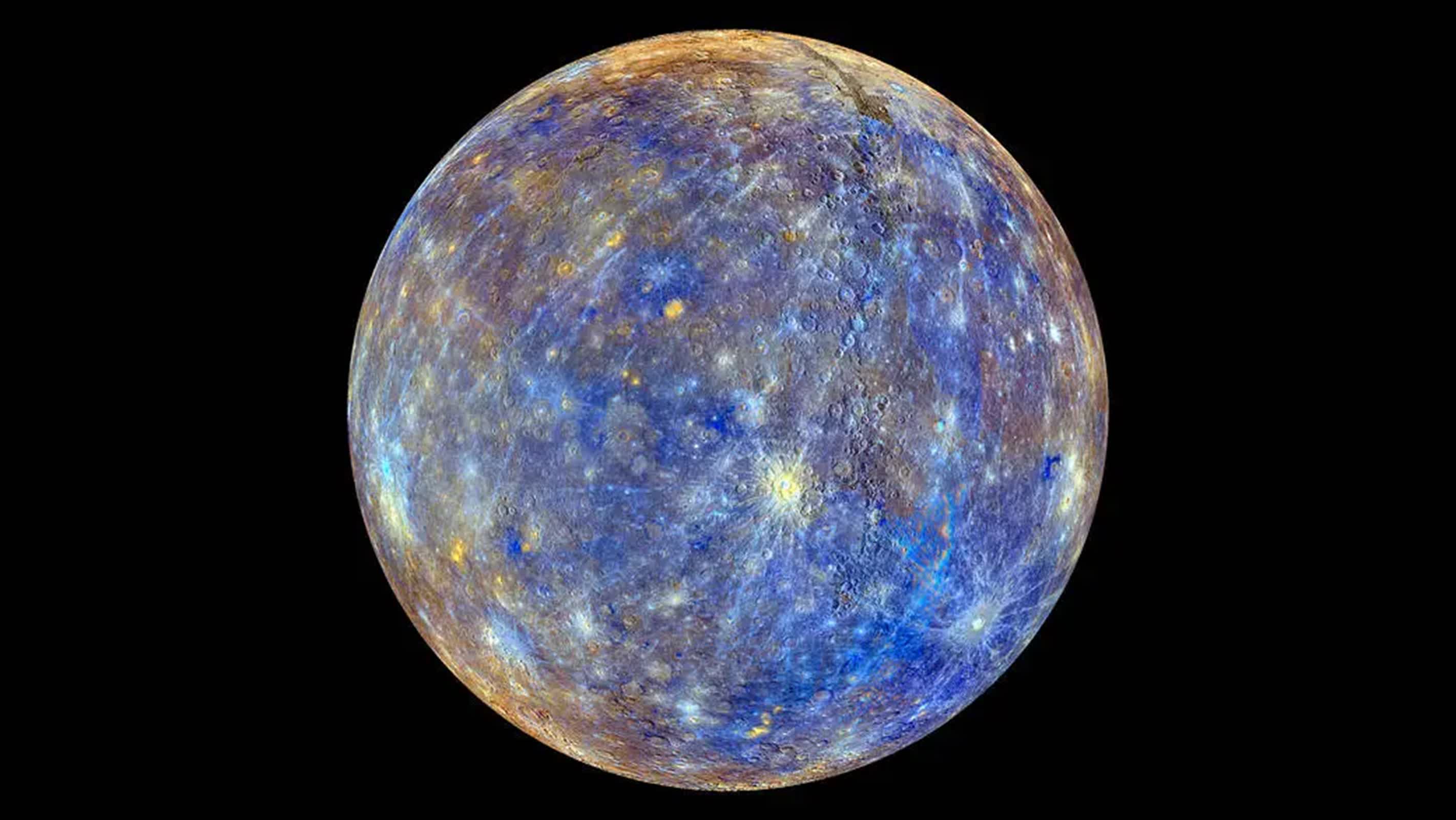In brief: Mercury is the smallest planet in the solar system and has always been a mystery due to its dark surface and high core density. However, astronomers have long known that its surface contains significant amounts of graphite, a form of carbon. A new reveals that a thick diamond layer lies beneath that graphite crust at its core-mantle boundary.
Scientists from China and Belgium recently published a study in Nature Communications that proposes the existence of a diamond layer at Mercury's core-mantle boundary. It suggests this layer is up to 18 kilometers (11 miles) thick. The finding represents a significant advance in understanding planetary differentiation processes – how planets develop distinct internal layers.
The scientists believe the diamond layer formed due to the crystallization of Mercury's carbon-rich magma ocean. As the planet cooled, this carbon formed a graphite crust on the surface. However, the study challenges the assumption that graphite was the only stable carbon phase during this period.
"Many years ago, I noticed that Mercury's extremely high carbon content might have significant implications," the study's co-author, Dr. Yanhao Lin, from the Center for High Pressure Science and Technology Advanced Research in Beijing told Phys.org. "It made me realize that something special probably happened within its interior."

The researchers used high-pressure and temperature experiments combined with thermodynamic modeling to recreate the conditions of Mercury's interior. They achieved pressure levels up to 7 Giga Pascals, allowing them to study the equilibrium phases of Mercury's minerals.
They determined that the presence of sulfur in Mercury's iron core affected the crystallization process of the magma ocean. Sulfur lowers the liquidus temperature, facilitating the formation of a diamond layer at the core-mantle boundary. It also formed an iron sulfide layer, influencing the carbon content during planetary differentiation.
The diamond layer's high thermal conductivity impacts Mercury's thermal dynamics and magnetic field generation. The diamond layer helps transfer heat from the core to the mantle, affecting temperature gradients and convection in the liquid outer core, influencing the magnetic field.
The findings also have implications for understanding other carbon-rich exoplanetary systems and terrestrial planets with similar sizes and compositions to Mercury. The processes observed on Mercury might also occur on other planets, potentially leaving similar signatures. The study concludes that similar diamond layers could exist in other terrestrial planets, though the conditions must be exactly right.
